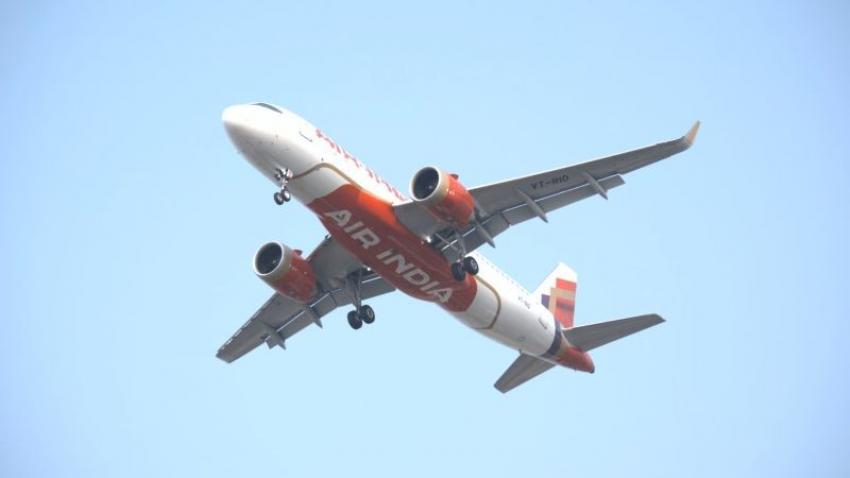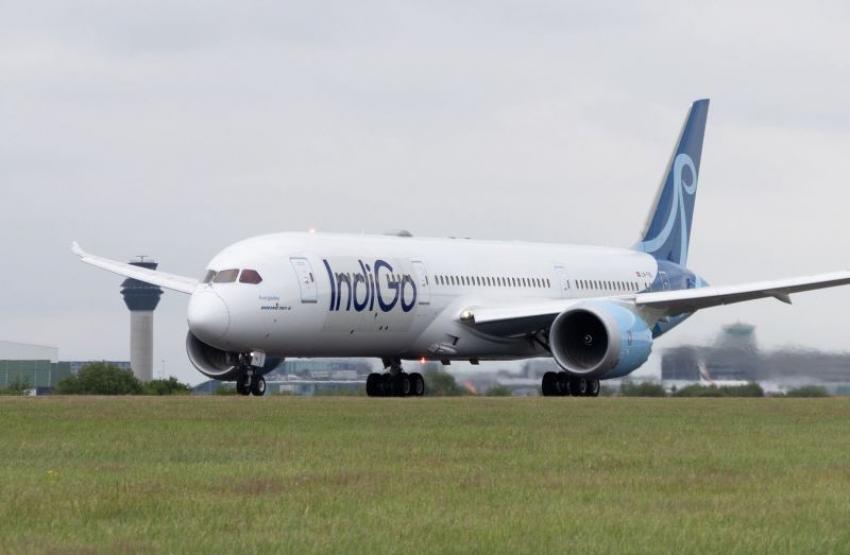By Debasish Dutta 14 May 2016, 06:16 am

The average ratio of promoters fund vs the borrowed fund is 30 : 70. The bank borrowings are secured either by the way of collateral securities or personal fixed deposits or promoters’ individual insurance policies along with personal guarantee of directors.
Given the kind of security provided, the average cost of fund in today’s scenario works out to the range between 12 percent-14 percent.
Taking a close look at the situation one would find that such a kind of bank offered facility is secured in nature and the rating rationale used in evaluation of credit worthiness of any particular promoter is subjective with a variable level of understanding of SOP prevailing among different credit officials within the same bank.
Surprising the cost of such credit facility offered by banks include the cost of NPA which in turn is imposed on to the SME sector without providing a level playing field to compete in a volatile market.
SME sector should enjoy the benefit of globalization and venture funding should play a vital role in “Make In India” initiative. The definition of venture funding should not only be restricted to companies offering application based services which are transactional excellence but should look beyond to create a better and controlled manufacturing hub on a global perspective. Thus to say, venture funding should be made in manufacturing sector for startups, expansions as well as in acquisitions.
The management of the Companies thus funded should have at least one representative from venture capital companies to provide guidance and conduct reviews for efficient management of such companies. This will lower the manufacturing cost of the products with less dependency on bank borrowed funds and would make the products better with improved technology investments and competitive.
Imagine a situation wherein buying a product from online store offers higher discounts which ultimately reflects in the poor financial health of the online (app based) company and it is never into profits and it cannot be unless the discount is “organic” in nature.
Thus, what gets eroded is the investor’s fund and the investor only makes money through virtual trading which cannot be sustained for long. This company will continue to get funds till the time it hits a rock and finally loses balance in the fight to sustain.
Alternately, the economy should encourage investor funding in manufacturing sector to keep the cost of manufacturing lower and pass on the benefit to the customers. This will make Indian products compete in global portal and will result in organic growth with no erosion of investors’ fund.
(Views provided by Debasish Dutta, Director ,Projects, Orange Corp)
- Sona Incubations, Salem picks 17 startups for Rs 11 Mn DST investment, grant
- Visva-Bharati University unveils a transformational roadmap under Vice-Chancellor Dr. Probir Kumar Ghosh
- Sona College of Technology hosts Think Salem 2025: To spur startup opportunity from Tier-2 Cities
- ACM India unveils National AI Olympiad 2026 to spot school talent for global AI stage
- Reject Macaulayan education, reclaim Indian values: H M Bangur’s big World Hindu Economic Forum pitch
- Sona College of Technology: Many academic, research and industry-linked advances in 2025
- Kolkata: ICCR hosts 10th anniversary celebration of Robir Kiran
- Sydney's Bondi Beach horror: Pakistani-origin man named as one of the key suspects
- ‘Abba Aur Main: Ek Anokhi Dastan’ — Urdu Translation of Neelima Dalmia’s Memoir Launched at New Delhi’s Jashn-e-Rekhta Festival
- Jaipur: Cultural activist Sundeep Bhutoria calls for Social Investment Policy for Non-resident Rajasthanis at Pravasi Rajasthan Divas
Tata Group-owned Air India on Tuesday announced a new, unilateral codeshare partnership with airBaltic, the flag carrier of Latvia, thus making the Baltic region more conveniently accessible for Air India customers.
Air India Express, India’s first international value carrier, has rolled out its monthly, ‘PayDay Sale’, offering special fares across its domestic and international network.
Mumbai: IndiGo has commenced operations from the newly inaugurated Navi Mumbai International Airport (NMIA).





